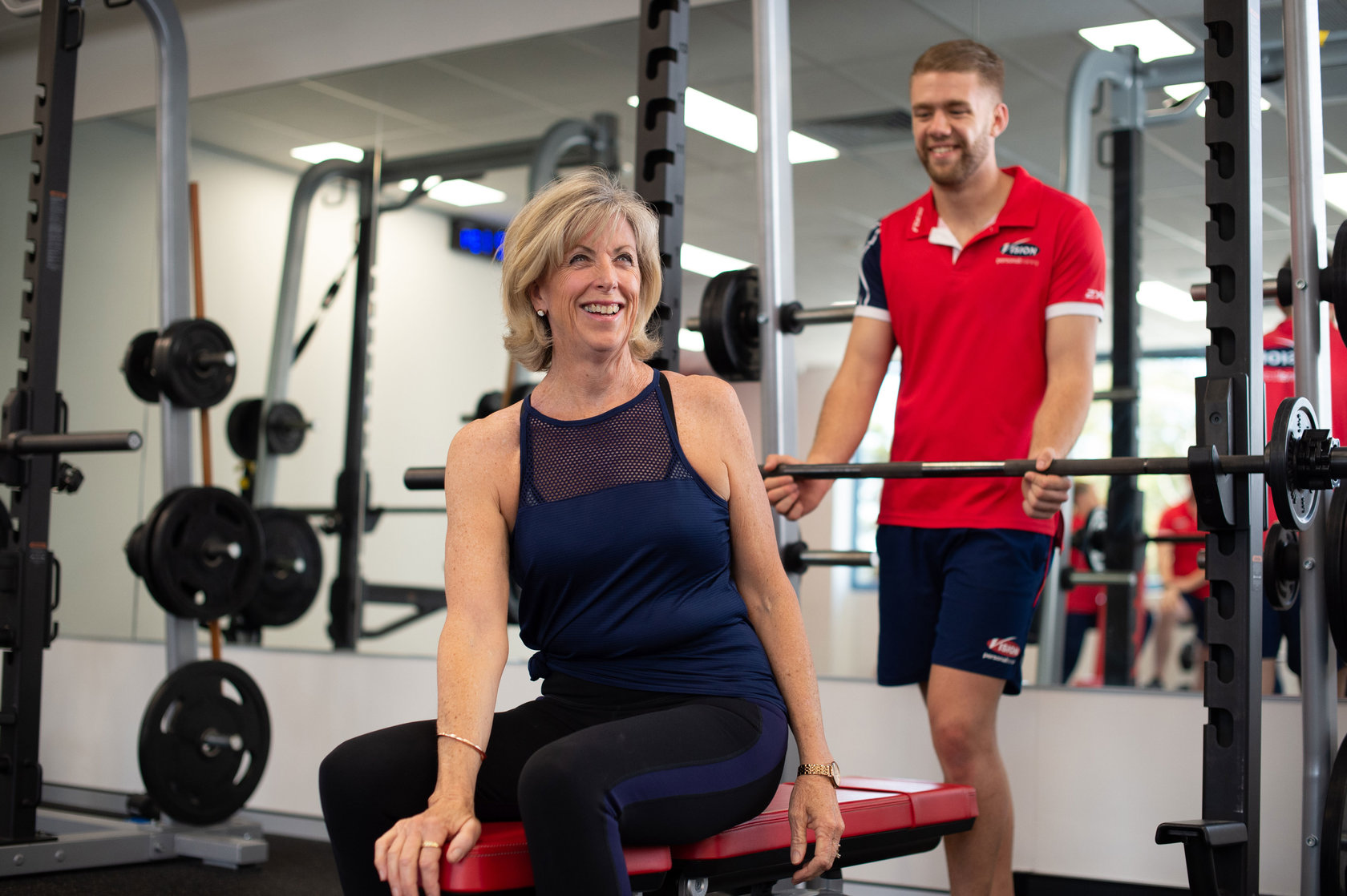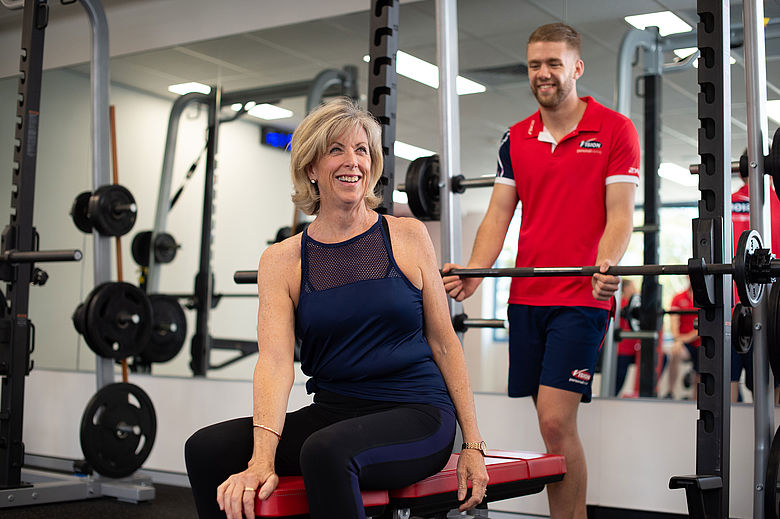Ice Breakfast Shake
250ml A2 milk skim
30g Vision whey protein powder chocolate
125g Banana edible portion only
1 Handful of ice
CHO: 40g
PRO: 33g
FAT: 2.5g
Cinnamon Roll Shake
250ml Water
30g Vision whey protein powder vanilla
5g tsp cinnamon
5g vanilla extract
1 Handful of ice
CHO: 3.0g
PRO: 23.5g
FAT: 2.1g
Strawberry Nut Shake
250ml Water
30g Vision whey protein powder vanilla
100g Chobani Greek Yoghurt Strawberry
100g Strawberries
15g Macadamia nuts
CHO: 20.2g
PRO: 33.5g
FAT: 13.7g
Bad Girl Shake
250ml A2 skim milk
30g Vision whey protein powder chocolate
30g Coles Simply Less Dark Chocolate Peppermint
1 Handful of ice
CHO: 18.3g
PRO: 32.2g
FAT: 8.8g
Chocolate Coffee
250ml A2 skim milk
30g Vision whey protein powder chocolate
20g Instant coffee
1 Handful of ice
CHO: 3.0g
PRO: 23.5g
FAT: 2.1g
The consumption of protein (either through natural sources or supplementation) is a common strategy used by everyday fitness enthusiasts and sports athletes in and around their training sessions to facilitate muscle repair and remodelling. This strategy is employed to enhance post-exercise hypertrophy, strength-based adaptations and tissue repair (Schoenfeld, Aragon and Krieger, 2013).
Protein (and to a greater extent amino acids) is a critical nutrient which is required for optimal protein synthesis, however, debate still exists whether the ingestion of protein either immediately after exercise or throughout a given day as part of an individual's daily macronutrient goal provides the best effect to improve strength, hypertrophy and repair in the human body (Schoenfeld, Aragon and Krieger, 2013).
Regardless, protein shakes using natural ingredients or off-the-shelf supplementation provide a time-effective and simple way of consuming quality protein and supporting amino acids as part of a healthy life-style. Further, protein shakes are often used to support the improvement in body composition, increase lean muscle-mass, facilitate performance enhancement (Applegate, 1999) and help stimulate metabolic response to increase overall daily energy expenditure.
During recovery from exercise, muscle amino acid transportation and protein degradation and synthesis are accelerated, therefore, it is important to support the development of musculoskeletal adaption and repair as effectively as possible (Biolo, Tipton, Klein and Wolfe, 1997). Check out the above protein shakes to give you the best chance of achieving your performance or healthy lifestyle goals.
Check out: Five awesome protein shakes Vol.1
Reference list
- Applegate, E. (1999). Effective ergogenic aids. International Journal of Sports Nutrition (9), 229-239.
- Biolo, G., Tipton, K.D., Kllein, S., and Wolfe, R.R. (1997). An abundant supply of amino acids enhances the metabolic effect of exercise on muscle protein. The American Physiological Society, E122-E129.
- Schoenfeld, B.J., Aragon, A.A., and Krieger, J.W. (2013). The effect of protein timing on muscle strength and hypertrophy: a meta-analysis. Journal of the International Society od Sports Nutrition, 10(53), 2-13.
*Disclaimer: Individual results vary based on agreed goals. Click here for details.

